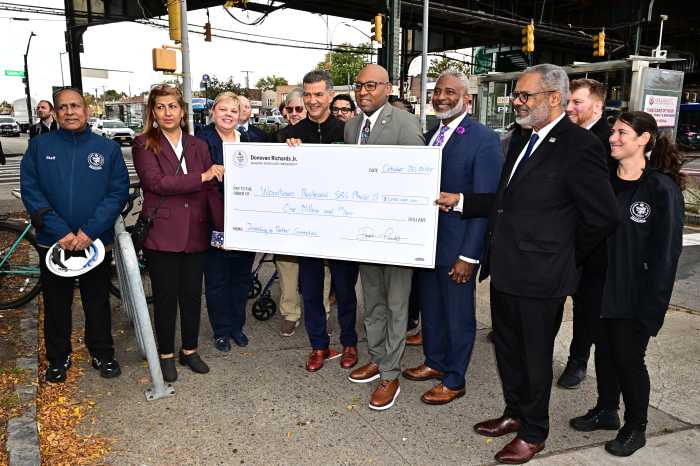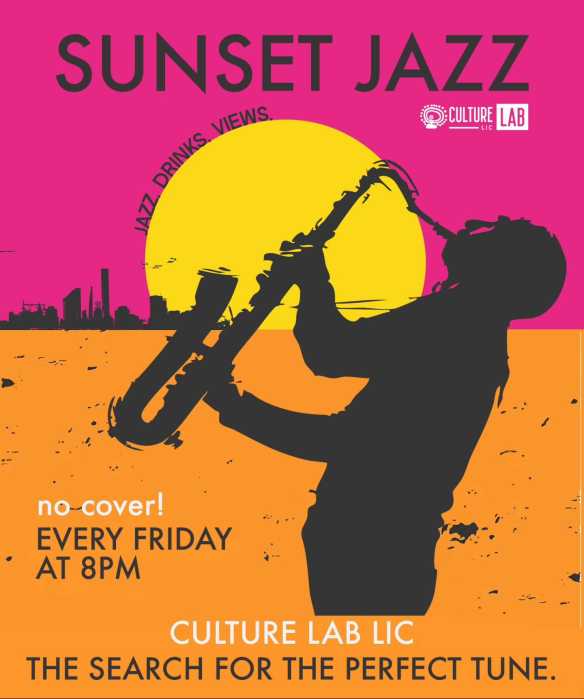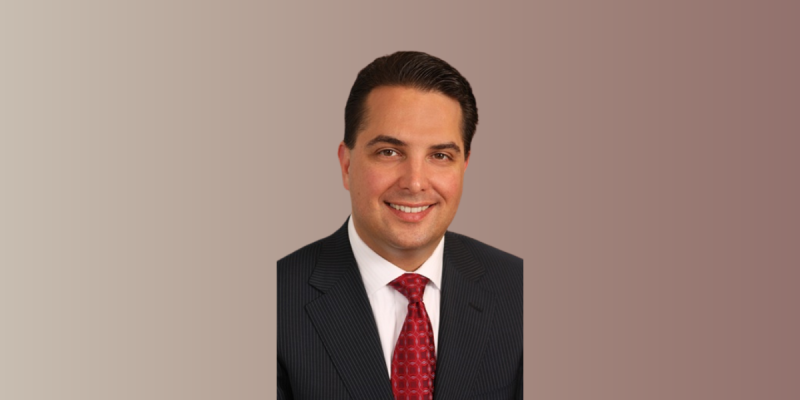Heart disease remains the number one killer in the United States and in New York, accounting for nearly one in three of all deaths in the state. This February, during Healthy Heart Month, the Medical Society of the State of New York (MSSNY) is reminding a
The American Heart Association’s Heart Disease and Stroke Statistics 2004 Update reports that in 2001, the most recent year with available data, cardiovascular disease killed 931,108 Americans. This is more than cancer, accidents, Alzheimer’s disease and HIV combined. Cardiovascular diseases include high blood pressure, coronary heart disease (heart attack and angina), congestive heart failure, stroke and congenital heart defects.
Coronary heart disease alone is the single largest killer of Americans. The disease continues to devastate women, accounting for one in five women’s deaths and taking the lives of more women than breast cancer. According to the 2004 update, New York State had the highest death rate for coronary heart disease. About 42 percent of people who have a coronary attack in any given year will die from it.
Choose to Live
The risk of heart disease is higher for those with a family history of the disease and increases for everyone as they get older. Even young people, however, increase their risk of heart disease if they are physically inactive, smoke and are overweight.
Physical activity helps strengthen the heart, control weight, lower high blood pressure and reduce cholesterol, which can block arteries. Other benefits of physical activity include reducing stress and the risk of other diseases.
High blood pressure increases the heart’s workload, causing it to enlarge and weaken. Talk to your doctor about the need for a blood pressure test. If you have high blood pressure, follow your doctor’s advice on how to control high blood pressure. If you need a referral to a physician, contact your local county medical society.
The medical society encourages individuals, schools and communities to promote more physically active and healthier lifestyles to avoid many health problems. MSSNY encourages every adult who is able to engage in 30 minutes or more of daily physical activity of at least moderate intensity.
Heart disease risk can also be reduced by following the recommendation to eat five or more servings of vegetables and fruits every day. A diet rich in vegetables and fruits helps reduce cholesterol, control weight and reduce the risk of several types of cancer. A piece of fruit or crispy vegetable always makes a healthier snack than chips or candy, which contain saturated fat.
Still Smoking? Isn’t It Time to Stop?
Smokers are twice as likely to have a heart attack as nonsmokers, notes the New York State Department of Health. On the first day you stop smoking, you begin to reduce your risk of heart disease, as carbon monoxide is removed from your blood and the oxygen level increases. Within one year, according to the DOH, your risk of a heart attack is cut in half.
Valuable information on how to quit smoking is available on the DOH’s toll-free Smokers’ Quitline at 866-NYQUITS (697-8487) and on its website at www.nysmokefree.com.
This information is provided by the Medical Society of the State of New York. For more health-related information and referrals to physicians in your community, contact the New York City Department of Health by calling 311.




































